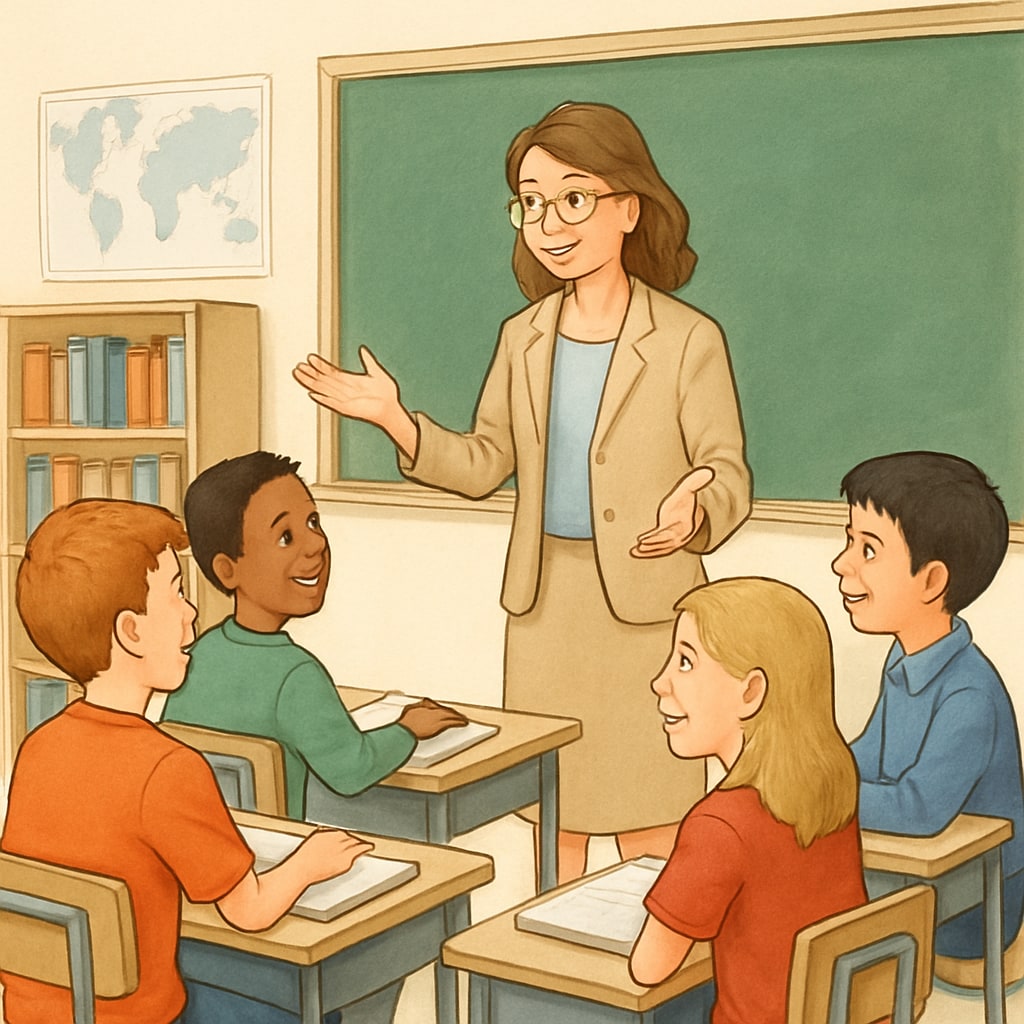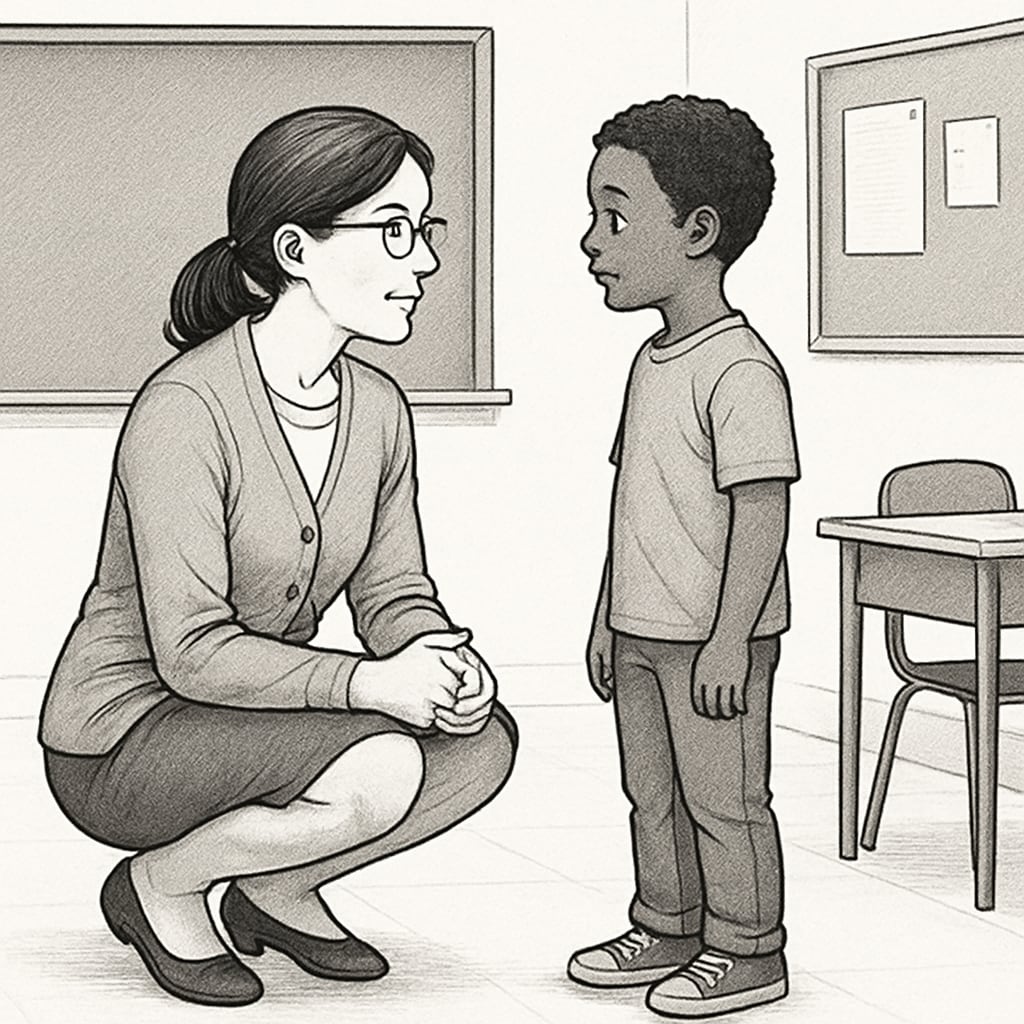In education, the relationship between students and teachers holds transformative power. When educators approach students with respect, it creates an environment where learning thrives. The concept of “student gratitude, teacher influence, respect” highlights the importance of mutual recognition in education. Students often express deep gratitude for teachers who value their individuality, listen sincerely, and acknowledge their perspectives, proving that education is not merely about imparting knowledge but about fostering human connection.
Respect is more than politeness; it’s about understanding and celebrating each student’s unique identity. Teachers who practice this principle leave lasting impressions that go beyond the classroom. For example, a student who feels seen and heard is more likely to develop self-confidence, a passion for learning, and a sense of belonging. As a result, respect becomes the foundation for meaningful educational experiences.

The Impact of Teacher Respect on Student Development
Respectful teachers act as catalysts for student growth. By treating students with dignity, educators cultivate trust and open communication. This builds a supportive environment where students feel comfortable sharing their ideas and challenges. According to Britannica, fostering mutual respect in education can enhance emotional intelligence and critical thinking skills, which are essential for lifelong success.
Moreover, when students feel valued, their gratitude becomes evident. They often credit respectful teachers for their achievements, highlighting the profound influence educators have on their lives. For instance, a student who struggled with self-esteem may recall how a teacher’s encouragement altered their perspective, ultimately guiding them toward personal and academic success.
Why Mutual Respect is Key to Effective Teaching
Effective teaching is anchored in mutual respect. This principle ensures that students are treated as equal participants in the learning process rather than passive recipients of information. Teachers who listen attentively, provide constructive feedback, and acknowledge diverse viewpoints foster a dynamic and inclusive classroom atmosphere.
In addition, respect strengthens the teacher-student bond. Students who respect their educators are more likely to engage in lessons and seek guidance. According to Wikipedia, this dynamic promotes academic success and emotional well-being, as students feel supported in their educational journey.

Recognizing the Power of Respect:
- Encourages trust and open dialogue between teachers and students.
- Builds a positive learning environment that fosters creativity.
- Promotes self-confidence and emotional resilience in students.
- Strengthens teacher-student relationships for long-term impact.
As educators continue to prioritize respect, students will feel valued and empowered. This sense of recognition fuels gratitude, reminding teachers of the life-changing role they play.
In conclusion, the “student gratitude, teacher influence, respect” dynamic is at the heart of transformative education. Respect is not just a courtesy; it is the bridge that connects educators and learners, enabling personal and academic growth. By practicing respect, teachers give their students the most precious gift of all: the power to be seen and heard.


